Quality Space Conveys Value to the Environment
José Manuel Iglesias CEO and founder of Galopín always tells how he discovered, more than 30 years ago in a small village located in the province of A Coruña (Spain), the importance of public space, the impact it has on the community and the increase in value of the adjacent land. There, a group of neighbours designed and built, in a self-managed and altruistic way, their first public space. Over the years, the effects that this action had on the social intelligence and self-esteem of a community were perceived. What they had discovered intuitively, ended up becoming a wonderful lever for improving the environment and society. As a result, enthusiastic collaborators and professionals with knowledge, background and a very high social sensitivity emerged. Understanding the reason for this work, the purpose of this project, served to put technique and knowledge at the service of the objective and this was the key that gave value to Galopín’s trajectory, where a group that brings together different trades and specialities puts all this knowledge at the service of pedagogy and the improvement of the quality of life of citizens.
Key Factors in Value Enhancement. Numerous studies have now shown that the enhancement of land value by installing a play space in a particular area is an issue that merits analysis, as parks, green spaces and play areas not only add recreational and social value to a community, but also have a positive impact on the value of the surrounding land. Play spaces not only serve as recreational areas, but also have a significant impact on the revaluation of land in a community. Six key points demonstrate how the installation of playgrounds adds value to land, generating residential attraction, improving quality of life, stimulating economic impact, contributing to increased environmental benefits, increasing property values and caring for the maintenance of spaces.
Increased Residential Attractiveness. Play spaces have the potential to increase the attractiveness of the area for families. Family homebuyers often seek areas that offer safe and attractive facilities for both themselves and their families. The presence of well-equipped playgrounds can influence property purchase decisions, leading to increased demand for housing in these areas.
Improved Quality of Life. Parks and playgrounds contribute significantly to enriching residents’ quality of life by providing space for recreation, outdoor exercise and social interaction. These environments foster the physical and mental well-being of local communities, promoting a healthy lifestyle and strengthening community ties.
Impact on Economic Activity. Quality parks attract visitors, tourists and local residents, which can benefit nearby businesses such as cafes, shops and restaurants by generating economic growth for local businesses.
Environmental benefits. Play spaces not only offer recreational benefits, but also have a positive impact on the environment. Parks provide green areas that contribute to urban biodiversity, improve air and water quality, and can help mitigate the heat island effect in dense urban environments.
Importance of Proper Maintenance. Regular and proper maintenance of playgrounds is crucial to preserve their positive impact on the appreciation of the surrounding land. Neglect or lack of such maintenance can diminish the attractiveness and safety of these places, which in turn could reduce their impact on community and property appreciation, as well as in the case of play areas, be in breach of EN1176.
Conclusions. Play areas not only offer recreational and social benefits, but also play a key role in the revaluation of land in an area. Their influence on residential attractiveness, quality of life, economic activity, environmental benefits and property appreciation underlines their importance in sustainable urban development. Proper maintenance is essential to ensure that these spaces remain active and beneficial to the community in the long term. Specific studies and data from Spain and Europe confirm this, highlighting the positive impact of play spaces on land appreciation and community feeling, and underlining the impact when considering these elements in urban development and public space planning.


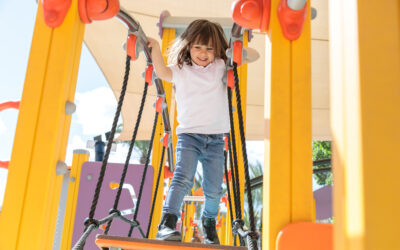
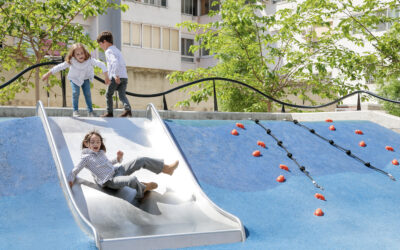
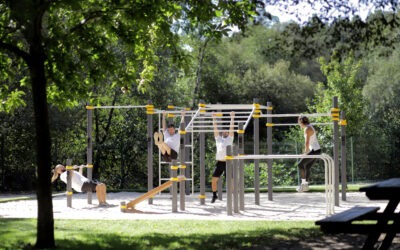
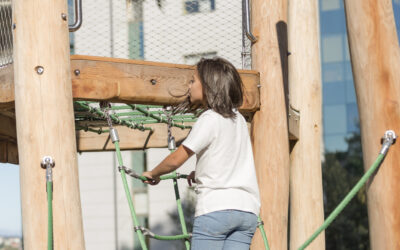

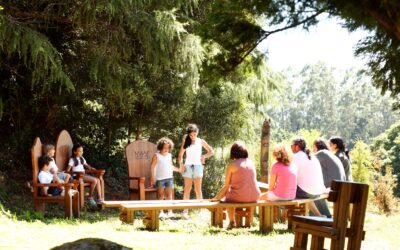
0 Comments